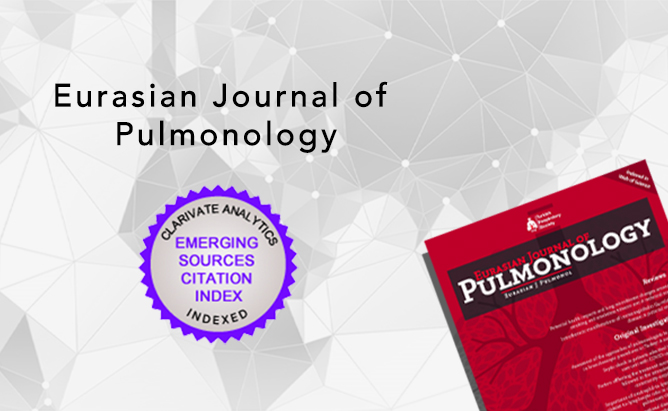Abstract
Although real-time polymerase chain reaction (RT-PCR) remains the standard reference for a definitive diagnosis of coronavirus disease 2019 (COVID-19) infection, the false-negative rate and the lack of availability of RT-PCR assays in the early stages of the outbreak restricted the prompt diagnosis of infected patients. Since most COVID-19 infected patients were diagnosed with pneumonia based on characteristic imaging patterns, radiological examinations have become vital for early diagnosis and the assessment of disease course. Although chest radiography is not sufficiently sensitive for the detection of small ground-glass opacity (GGO) and may produce normal findings in the early stage of infection, it can be used as an initial imaging method, especially in young patients. Thin-slice chest computed tomography (CT) plays a vital role in early detection, observation, and disease evaluation. Typical CT findings of COVID-19 include peripherally distributed multifocal GGOs with patchy consolidations and predilection for the posterior part or lower lobe involvement. The increasing numbers, extent, and density of GGOs on CT indicate disease progression. Lung involvement progresses to consolidation up to 2 weeks after disease onset. Clear and frequent communication among health-care providers, including radiologists, is vital for the improvement of patient care during this pandemic.




 Naim Ceylan1
Naim Ceylan1 




